Formula One News
Eagled-eye observers of Formula 1's Australian Grand Prix could not help but notice a strange glowing light coming from beneath Lewis Hamilton's car at points of the race on Sunday.
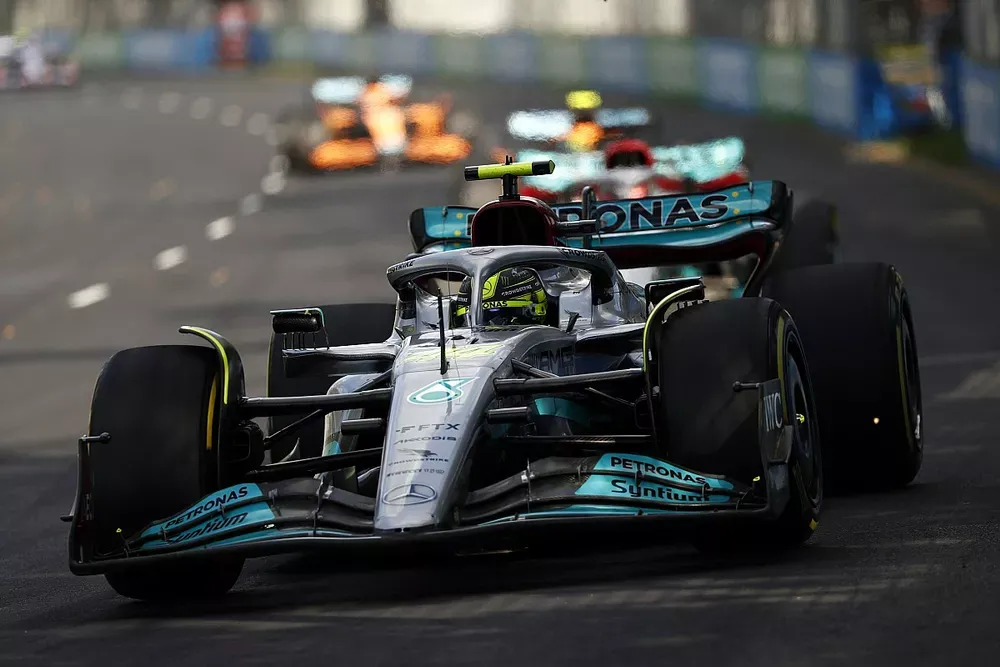
But rather than this being some funky idea for his W13 to look better, the light was actually a working sensor, and the result of the ongoing push by Mercedes to get to the bottom of its porpoising problems.
Mercedes believes that if it can understand what's needed to stop its 2022 F1 car bouncing on the straights, then that can help it run it in a better set-up window, which will deliver an automatic step forward in performance.
The difficulty is that so far Mercedes has not yet got to the bottom of the triggers for the porpoising, and exactly what are the factors that cause the phenomenon to appear.
Mercedes team boss Toto Wolff admitted that there were some "hidden gremlins" with the car that needed to be found, and things were especially confusing because no matter what set-up changes were made over the Melbourne weekend, they appeared to have little impact on the problem.
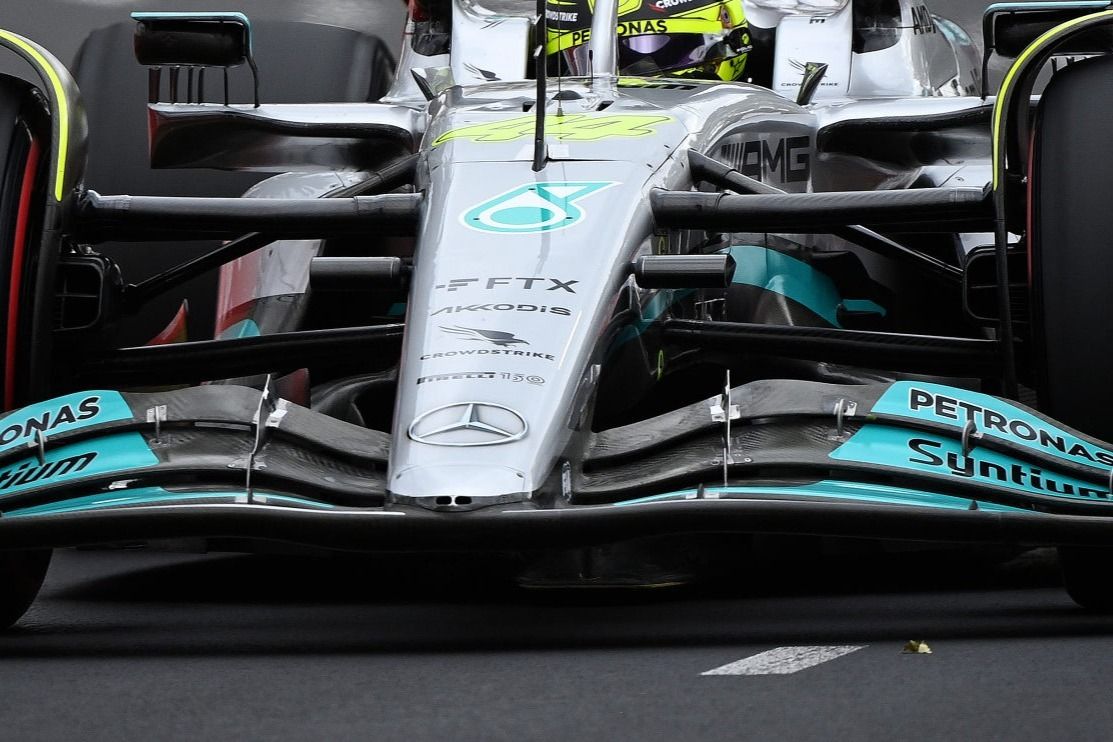
The porpoising appears to be less frequent in the races, and in a bid to try to comprehend why that is, Mercedes elected to keep on an optical ride-height sensor for the duration of the Australia weekend on Hamilton's car.
The sensor, which emits a light when switched on, measures the ride height and the car's trajectory in relation to the track, so can be used to deliver answers on what exactly is happening on straights and in corners.
These devices are quite commonly used in F1, but normally are only fitted in free practice sessions because they do add extra weight to the car, believed to be somewhere between 1kg and 2kg.
Mercedes felt, however, that the benefits of keeping it on the car for qualifying and the race for the extra knowledge gained, would outweigh any downside in having extra ballast.
As Lewis Hamilton explained to Sky: "I've got something on my car that makes it a little bit heavier, but it's not a huge, huge step. Hopefully it will enable the team gain more information in the race..."
But the light sensor was not the only data gathering exercise Mercedes conducted, as during some of its free practice runs, it added further optical ride-height sensor housed within pods on the edge of the floor.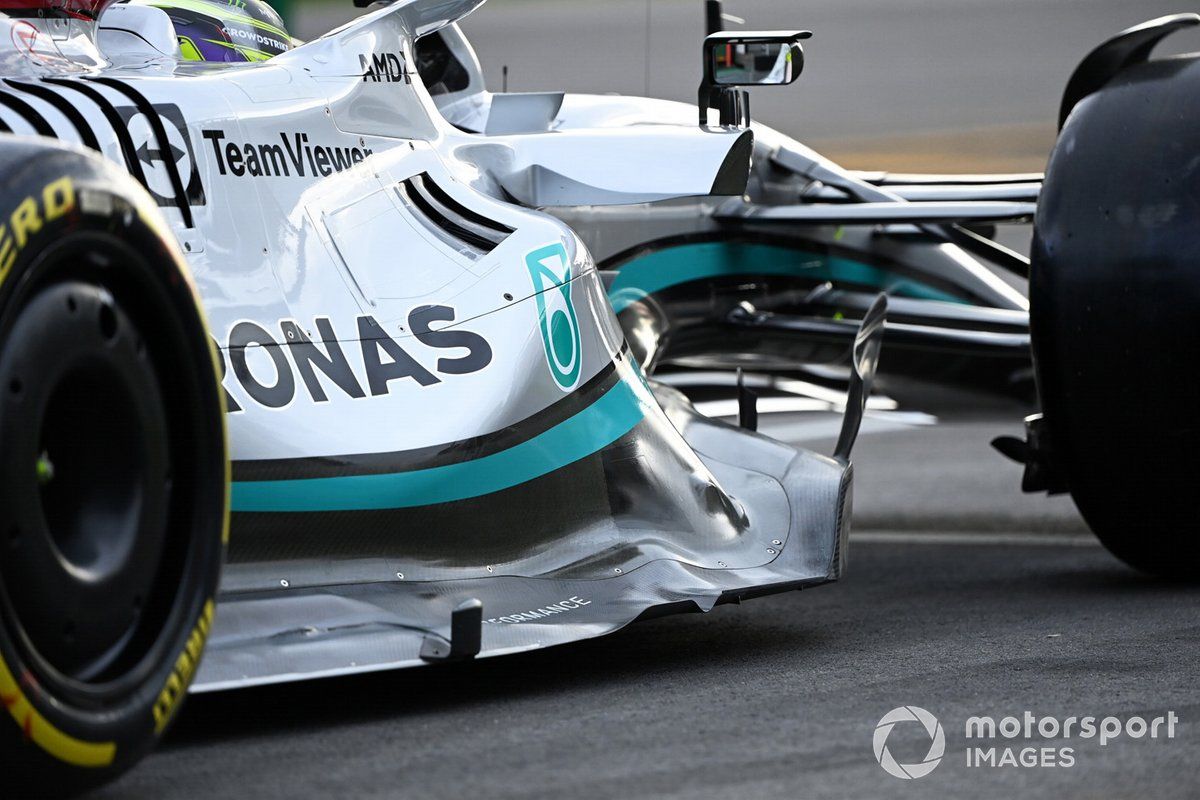
The quest to get answers on its porpoising means that Mercedes has put a push for upgrades on the backburner, as it does not want to confuse matters by changing its car configuration just yet.
That is why the team has not yet introduced a bespoke low downforce rear wing, as it still continues to use a modified version of the high-downforce wing it started the season with.
With the porpoising issues still its priority, it has focused more efforts on race pace, knowing that Ferrari and Red Bull are out of reach on Saturdays for now.
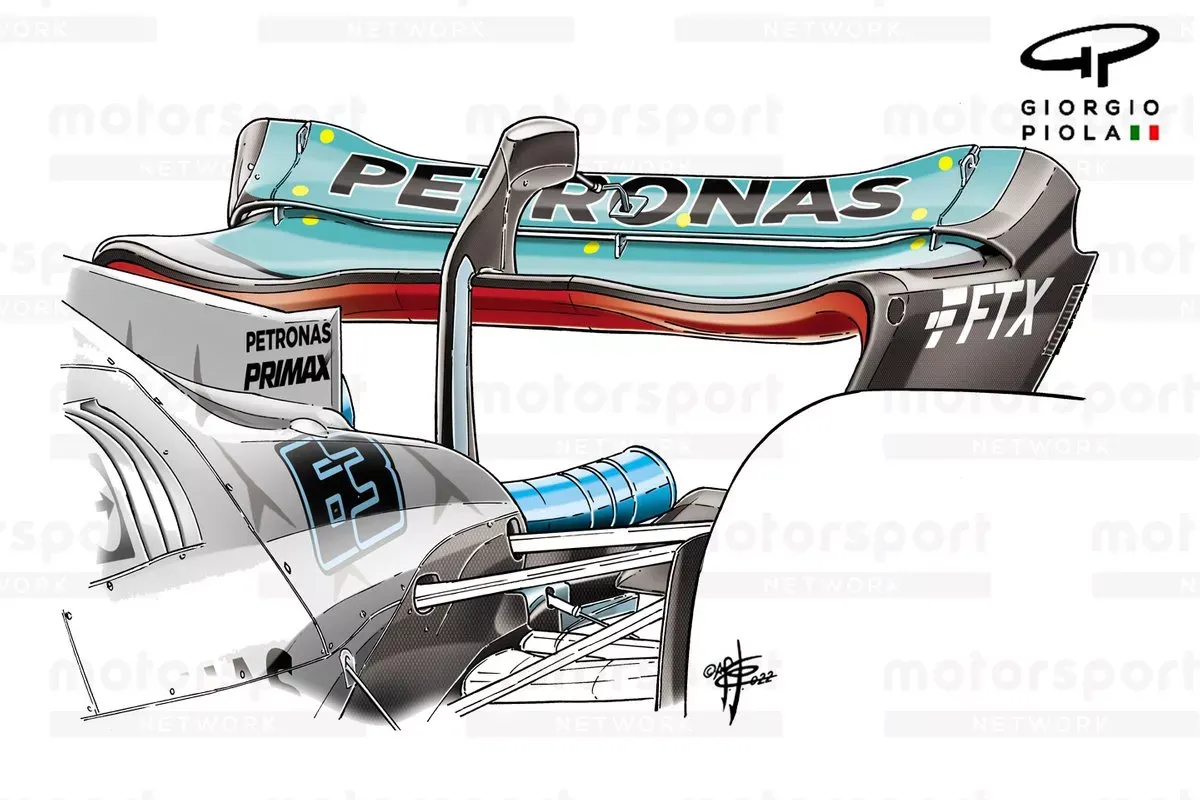
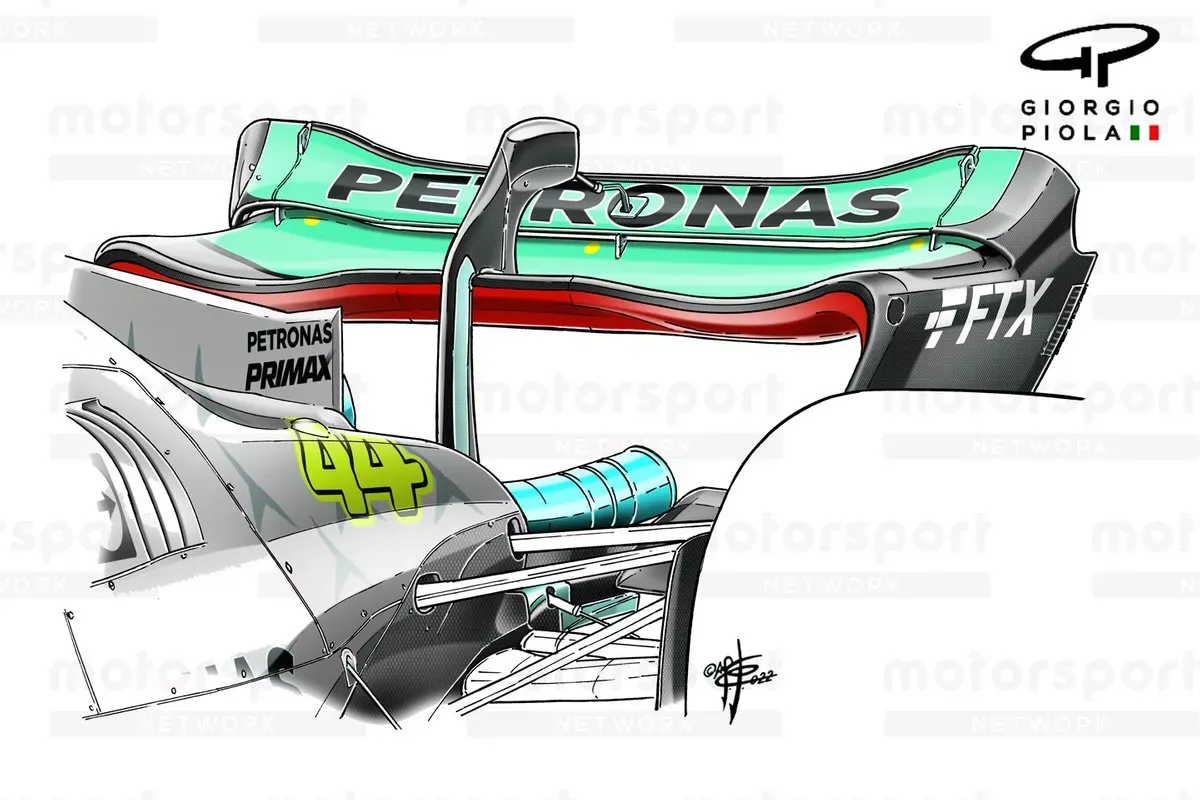
The work being undertaken by Mercedes is incredibly intense, as not only is it trying to find the performance sweet spot, but it is also switching between setups both mechanical and aerodynamic.
This was evidenced by Hamilton and George Russell switching between a rear wing setup with and without the trailing edge Gurney flap (above), whilst also actively pushing the car in a direction that's worsening the porpoising issues in order to collect data and better understand how to deal with it.